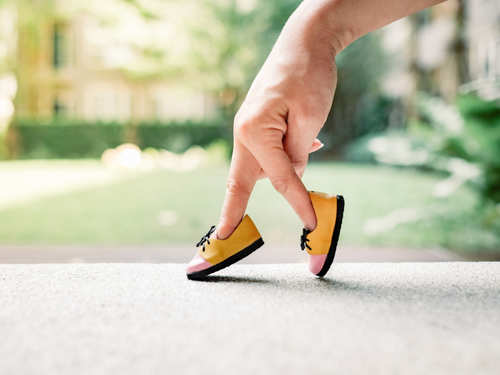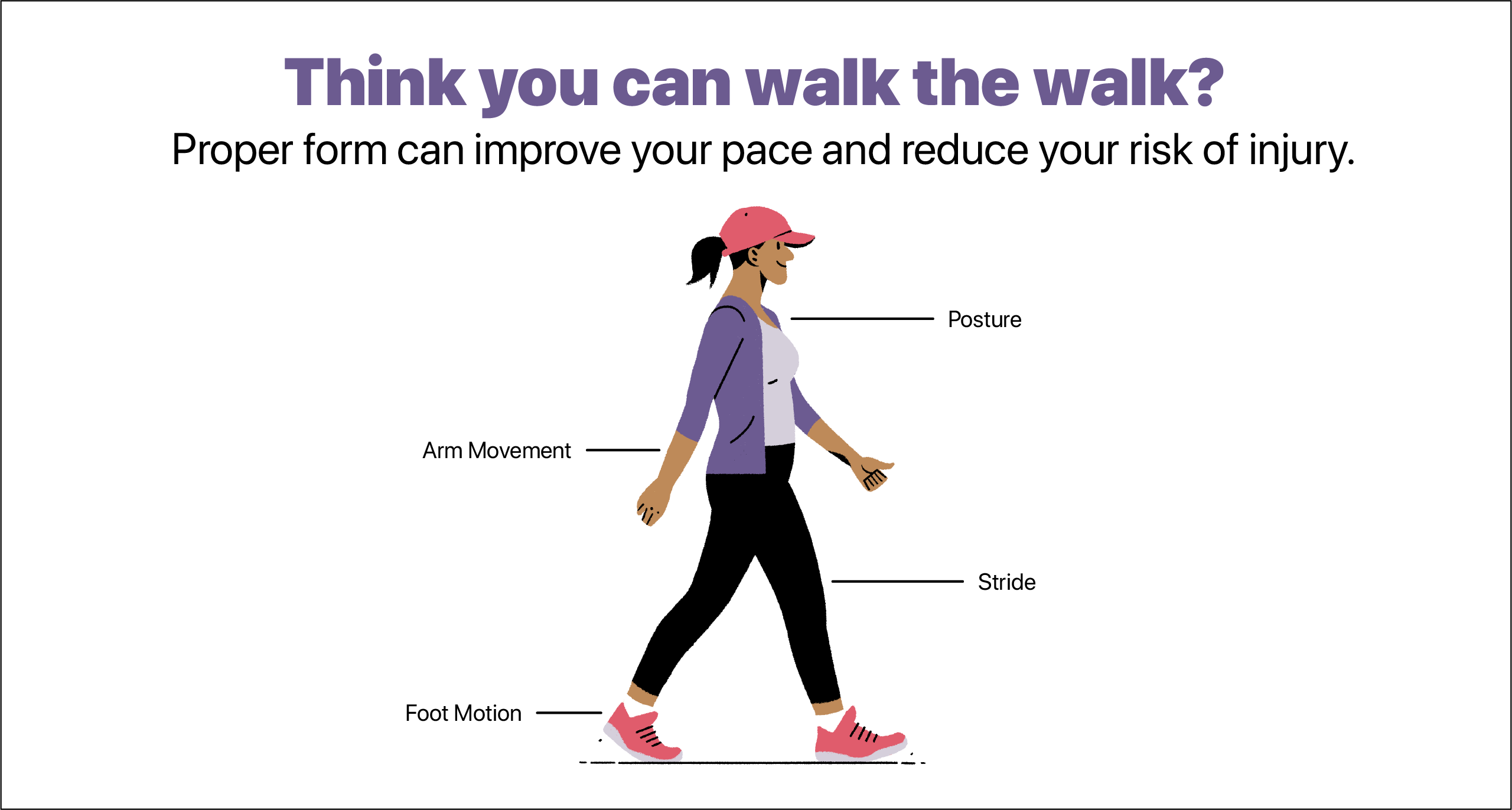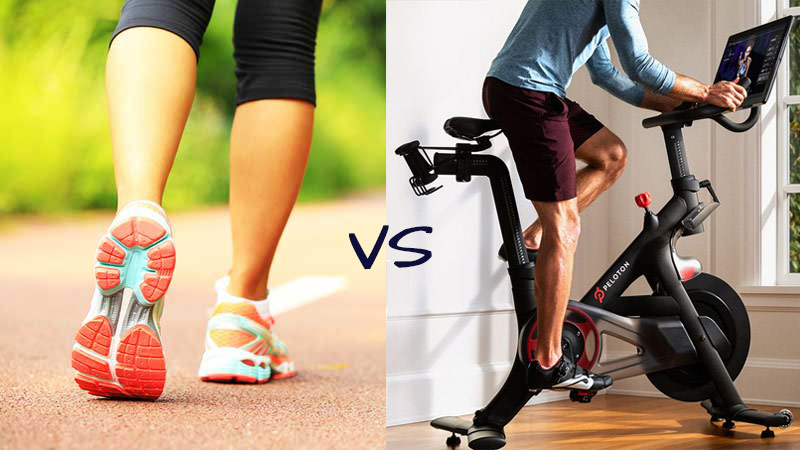It is said that ‘An early morning walk is a blessing for whole day’ and yes it is true.
walk the Walk
Walking is a good exercise which helps in maintaining weight and good health. But how you walk, when you walk and how much you walk also matters.
Benefits of walking in Speed:
Some people walk fast, some people walk slow. Well, benefits also differ for different pace of walking.
First is fast walking, it does not help much in burning calories but it is effective workout and helps to evaluate heart rate, boost our mood and helps to improve aerobic fitness level.
Second is slow walking, the people who walk at slow pace burn more calories. They also reduce stress on knee joints by 25%. It also adds an element of meditation and mental well-being to our lives.

When should we walk?

A study of 2016 has found that walking 10 min after each meal helps in lowering the blood sugar level in people suffering from type 2 diabetes. Walking 10 min after having a meal is more beneficial than walking 30 min during any other time of the day.
To attain the full benefits of walking, you should walk no less than three days a week. Anything less will fail to deliver the gains you desire, either in terms of strength, endurance, or weight loss.
Doctors recommend that you try to fit in at least 30 minutes of brisk morning walk in a day, four to five times a week. If you find yourself unable to walk for that long, initially, give yourself smaller goals and try to walk for 10 to 15 minutes, increasing the time gradually.

How should we walk?
Posture is the first step for walking comfort and energy. Good walking posture allows you to take full breaths, engage your core muscles, and use your leg and buttock muscles for a natural walking stride. Bad walking posture can contribute to aches and pains after walking, while great walking posture can relieve them. At the start of every walk, take a few seconds to set your walking posture.
Purposeful arm motion can lend power to your walking, burning 5% to 10% more calories and acting as a balance to your leg motion. It is common to speed up when you add arm motion.
The walking step is a rolling motion. Flexible shoes will ensure you are able to roll through the step. If your feet are slapping down rather than rolling through the step, your shoes may be too stiff. At first, your shin muscles may tire and be sore until they are strengthened. This is natural when you first start walking for fitness or when you change your foot motion, stride or shoes.
The push off by your rear foot is the key to walking with power and speed. Unfortunately, many people fall into the bad habit of over striding —taking a longer step in front. This puts more stress on your lower leg joints, and it doesn’t give your stride power.

Is walking better than other exercises?
A new study says a brisk stroll is better than a workout. Scientists found 30 minutes of ‘high impact’ walking is more effective for fighting the flab than the same time spent on doing weights and pounding the treadmill.
If you can walk independently and maintain a speed of 4-6km/h for half an hour per day, then walking is sufficient exercise. Walking needs to sustain your interest in the long term. Walking can protect against chronic diseases, and there is less risk of injury compared to other forms of exercise.
Walking every day can be more beneficial than sporadic intensive exercise. … The data agrees that walking alone is not enough to transform your body shape. “Walking may improve your aerobic fitness and reduce body fat, but will do little to improve your strength and muscle mass
You need to burn approximately 3,500 calories to lose one pound. If your goal is to lose weight, running is a better choice than walking. If you’re new to exercise or aren’t able to run, walking can still help you get in shape. Walking is accessible for nearly all fitness levels.
At end I would just say There are plenty of difficult obstacles in your path. Don’t allow yourself to become one of them.
– Pratibha Borse


